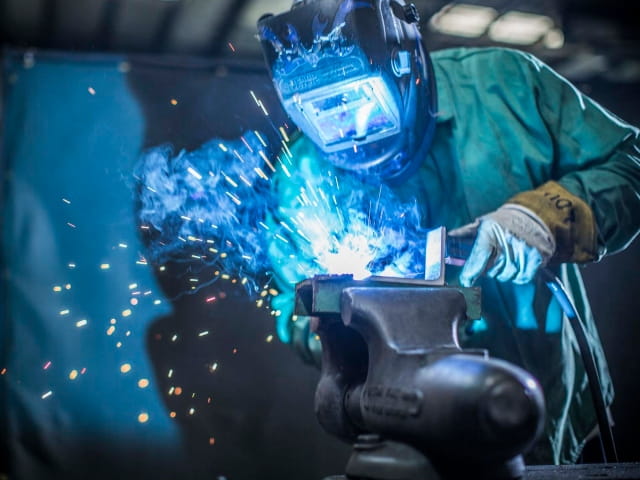Protect your workers with Element's comprehensive welding fume exposure monitoring services. Ensure COSHH compliance and minimize potentially carcinogenic health risks with our state-of-the-art welding fume monitoring equipment and expert analysis.
What is Welding Fume Exposure Monitoring and Why do you need it?
Welding fume exposure monitoring is a critical occupational hygiene service that measures and assesses workers' exposure to hazardous airborne substances produced during welding processes.
The UK HSE will no longer accept any welding undertaken without suitable monitoring and control measures in place, as there is no known level of safe exposure. All businesses undertaking welding activities should ensure workers are protected from the inhalation risk of welding fumes by providing effective engineering controls for risk mitigation.
For example, Local Exhaust Ventilation (LEV) when provided and correctly applied, will control fumes and gases arising from welding activities. Where engineering controls are not sufficient to control all fume exposure, adequate and suitable respiratory protective equipment (RPE) is also required to manage risk from the residual fume, including welding outdoors. You should ensure welders are suitably instructed and trained in the use of these controls.
Element’s Welding Fume Exposure Monitoring can help define the most suitable controls for you. Using specialized equipment, our experts collect air samples, analyze fume composition and concentration, evaluate potential health risks, and recommend appropriate control measures to protect your workforce.
Benefits of Welding Fume Exposure Monitoring with Element
- Cost-Effective Improvements: Identify and address potential health hazards before they impact your workers' well-being. Implement targeted control measures based on our findings, optimizing your safety investments.
- Expert Analysis: Element has one of the largest Occupational Hygiene teams in the UK and Europe. We provide a practical approach to deliver accurate data and trustworthy advice for implementing appropriate controls to protect your workforce.
- Compliance Assurance: Element's welding fume exposure monitoring services are crucial for ensuring full compliance with COSHH Regulations and HSE guidelines.
- UKAS Accreditation: We are committed to providing reliable results. All sample analytical work is undertaken at UKAS-accredited analytical laboratories that actively participate in the AIR PT scheme.
- Holistic Approach: Benefit from Element's ability to provide additional services like LEV testing and face fit testing for a complete safety solution.
- Cutting-Edge Equipment: Our state-of-the-art welding fume monitoring equipment provides precise measurements and reliable data.
Prevent Health Risks Associated with Welding Fume Exposure
Welding fumes pose significant health risks to workers, with potential short-term and long-term consequences. The International Agency for Research on Cancer (IARC) has classified all welding fumes as Group 1 carcinogenic to humans, highlighting the critical need for effective monitoring and control.
Our welding fume exposure monitoring services help identify and quantify these risks, allowing you to implement targeted control measures. By understanding the specific hazards in your workplace, you can take proactive steps to protect your workers from respiratory issues, cardiovascular problems, neurological effects, and other health concerns associated with welding fume exposure.
Ensure Compliance with Expert Welding Fume Monitoring
Staying compliant with regulatory standards is crucial for protecting your workers and avoiding potential legal issues. The Health & Safety Executive's EH40 document outlines Workplace Exposure Limits (WELs) for various welding fume components, including aluminum, chromium, iron, manganese, and nickel.
Our expert team uses advanced welding fume monitoring equipment to measure and compare exposure levels against these limits. We provide detailed analysis and recommendations to help you understand your current compliance status, identify areas requiring immediate attention, and develop strategies to reduce exposure levels.
Remember, the UK HSE now emphasizes that there is no known safe level of exposure to welding fumes. This means that appropriate control measures must be in place for all welding activities, regardless of duration or location.
Our Welding Fume Exposure Monitoring Services
- Devising an air monitoring strategy
- Personal welding fume monitoring
- Assessing your control measures
- Examining and testing of your LEV systems
- Fume control advice
- Face Fit Testing
- Workplace air monitoring
- COSHH risk assessment
Why Choose Element?
Element has one of the largest Occupational Hygiene teams in the UK and Europe, comprising a range of technically competent and qualified staff. At Element, we understand that every welding environment is unique. Our practical, solutions-led approach considers your specific needs and challenges, resulting in customized recommendations for optimal safety.
We leverage state-of-the-art welding fume monitoring equipment and advanced analytical techniques to deliver the most accurate data possible. This ensures a clear picture of your workplace environment and empowers you to make informed decisions regarding safety measures.
All our sample analytical work is undertaken at UKAS-accredited analytical laboratories that participate in the AIR PT scheme. We can also thoroughly examine and test LEV systems following the HSG258 and carry out risk assessments to determine if all engineering controls are used correctly.
For more information on our welding fume exposure monitoring services and how we can help protect your workforce, visit our About Us page or contact us today.
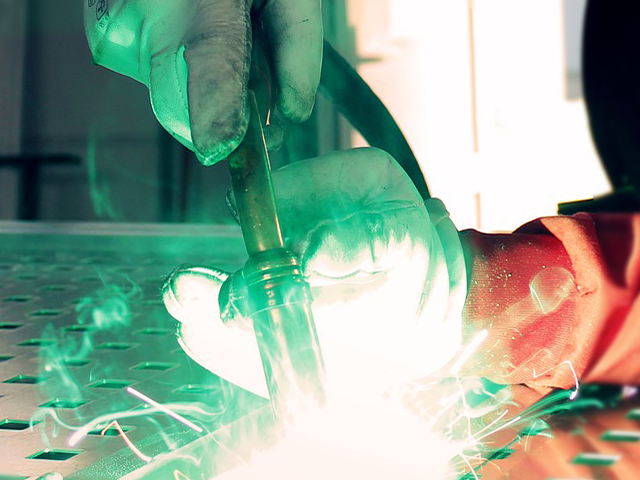
Welding Fumes Safety Legislation Guide
Everything you need to know about welding fume safety. Understand how to reduce the risk of hazardous substance exposure & protect your employees.
READ MORERelated Services
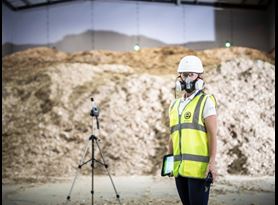
Occupational Hygiene
Find out how Elements team of Occupational Hygiene experts apply a combination of science and engineering to anticipate, recognize, evaluate and control potential health hazards in the workplace.
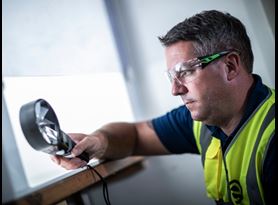
Local Exhaust Ventilation (LEV) Testing
Element provides LEV testing services across a range of extraction systems, in accordance with HSG258 guidelines, to help you make certain that the workplace is safe and compliant.
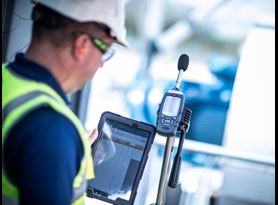
Noise in the Workplace
Element's experts have years of experience in carrying out on-site noise assessments. All assessments undertaken by our experts are qualified through the Institute of Acoustics and BOHS, in accordance with the UK HSE guidance L108 "Controlling Noise at Work."
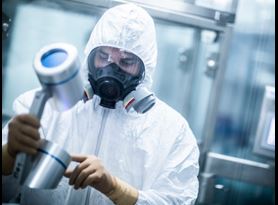
Workplace Air Monitoring
Element’s highly experienced team of qualified occupational hygienists specializes in delivering a range of workplace air monitoring services for use within a diverse range of operating environments.
